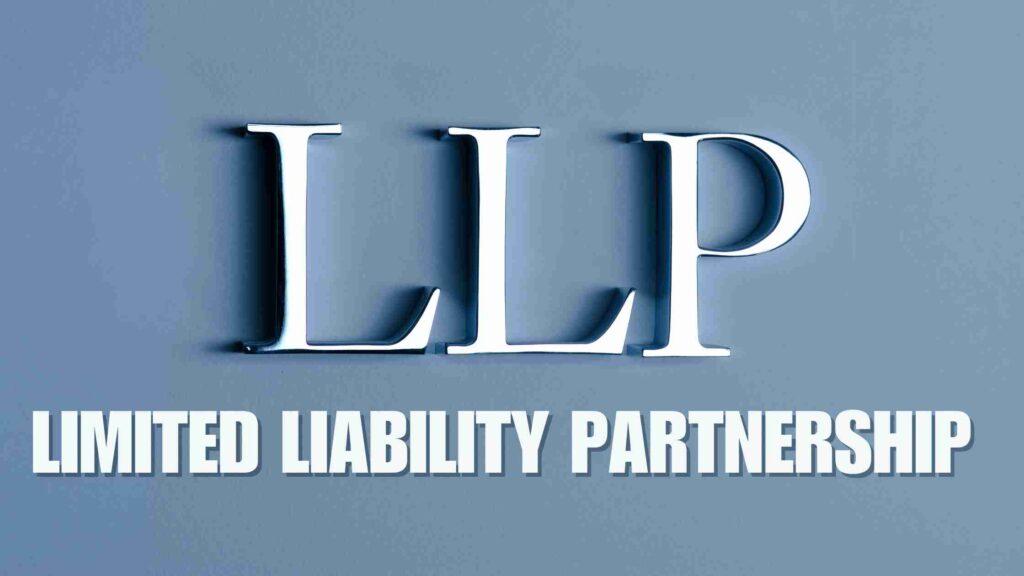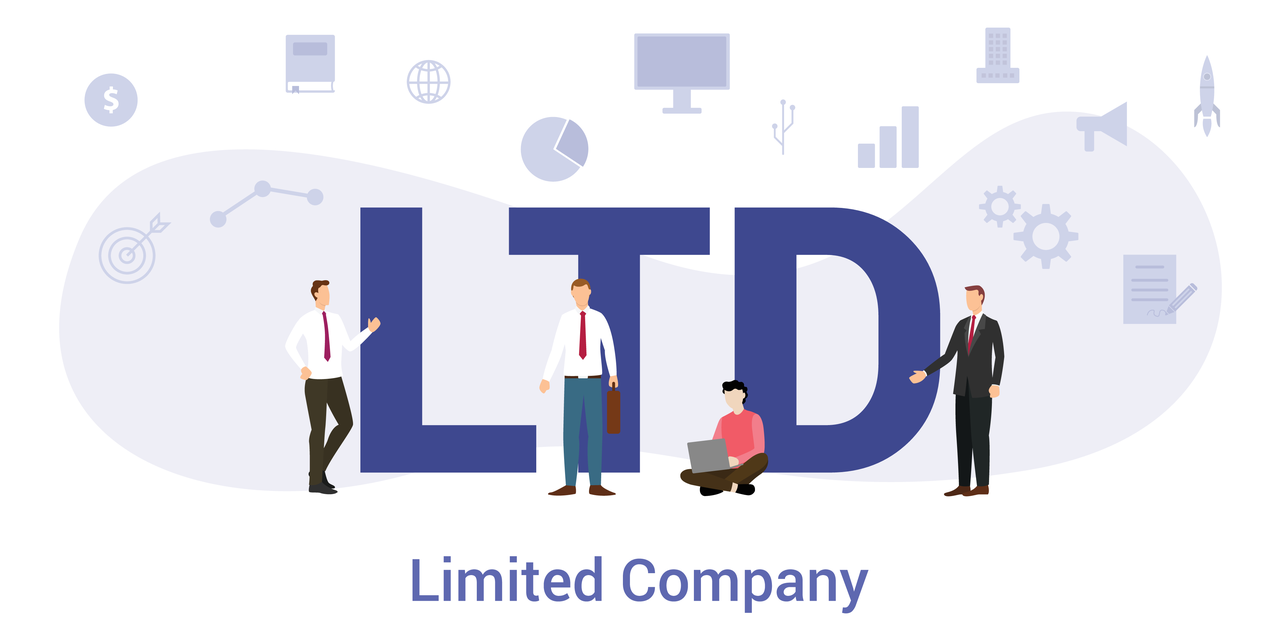When establishing a business, choosing the right legal structure is crucial. Two common options that often confuse entrepreneurs are Limited Liability Partnerships (LLPs) and Limited Partnerships (LPs). While both involve partnerships, they have distinct characteristics that can significantly impact your business operations, liability, and tax obligations.
LLP vs. LP: Comprehensive Comparison Guide
This guide will explore the key differences between LLPs and LPs, help you determine which structure might be best for your business, and provide information on converting between the two.
Understanding LLPs and LPs
Limited Liability Partnership (LLP)
An LLP is a hybrid business structure that combines elements of partnerships and corporations. Key features include:
- Limited liability protection for all partners
- Pass-through taxation
- Flexibility in management structure
- Each partner actively participates in the business
Limited Partnership (LP)
An LP is a partnership with two types of partners: general partners and limited partners. Key features include:
- At least one general partner with unlimited liability
- Limited partners with liability restricted to their investment
- Pass-through taxation
- Limited partners typically don't participate in management
LLP vs. LP: Comparison of Business Structures
1. Liability Protection
LLP:
- All partners have limited liability protection
- Personal assets are generally protected from business debts and liabilities
- Partners can be held liable for their own negligence or malpractice
LP:
- General partners have unlimited liability
- Limited partners' liability is restricted to their investment
- Limited partners can lose liability protection if they participate in management
2. Management and Control
LLP:
- All partners can participate in management
- Flexible management structure
- Partners have equal rights unless otherwise specified in the partnership agreement
LP:
- General partners control day-to-day operations and decision-making
- Limited partners typically don't participate in management
- Limited partners who engage in management may lose their limited liability status
3. Taxation
LLP:
- Pass-through taxation
- Partners report their share of profits/losses on personal tax returns
- LLP doesn't pay entity-level taxes
LP:
- Also features pass-through taxation
- General and limited partners report their share of profits/losses on personal tax returns
- LP doesn't pay entity-level taxes
4. Formation and Compliance
LLP:
- Formed by filing with the CAC
- Requires a partnership agreement
- Annual reports required
LP:
- Formed by filing with the CAC
- Requires a partnership agreement
- Annual reports required
- May have fewer ongoing compliance requirements than LLPs
5. Raising Capital
LLP:
- Can be challenging to raise outside capital
- All partners typically contribute to the business
LP:
- Easier to attract passive investors as limited partners
- Can be an effective structure for investment funds or real estate ventures
6. Flexibility
LLP:
- Highly flexible in terms of management and profit-sharing
- Can adapt to changing business needs more easily
LP:
- Less flexible due to the strict division between general and limited partners
- Changes in partnership structure may require reformation of the LP
Pros and Cons of LLP vs. LP
LLP: Pros
- Limited liability for all partners, protecting personal assets.
- More flexibility in management, allowing partners to participate in operations actively.
- Separate legal entity status allows for easier business transactions.
- Pass-through taxation avoids double taxation.
LLP: Cons
- Higher compliance and registration costs compared to other structures like LPs.
- Not all jurisdictions may recognize LLPs, limiting the structure's flexibility.
- Decision-making may be slower due to shared management responsibilities.
LP: Pros
- Clear division between general and limited partners, which may attract passive investors.
- Limited partners enjoy liability protection, making it an attractive option for those who don’t wish to manage operations.
- Suitable for businesses with distinct management and investment roles.
LP: Cons
- General partners face unlimited personal liability, increasing their risk.
- Limited partners have no management control, which can be a drawback if they want more involvement.
- It is not a separate legal entity, so creditors can pursue general partners for business debts.
Choosing Between LLP and LP
Consider the following factors when deciding between an LLP and an LP:
- Liability Concerns: If all partners want limited liability protection, an LLP may be more suitable.
- Management Participation: If some partners want to be passive investors, an LP might be a better choice.
- Industry Norms: Some industries traditionally favor one structure over the other.
- Capital Needs: If you need to attract passive investors, an LP could be more appropriate.
- Flexibility Requirements: LLPs offer more flexibility in management and profit-sharing.
- Tax Implications: While both offer pass-through taxation, consult a tax professional to understand specific implications for your situation.
Converting Between LLP and LP
There may be circumstances where you need to convert from one structure to another. Here's an overview of the process:
Converting LLP to LP
- Review Current Agreement: Examine your LLP agreement for any conversion restrictions or requirements.
- Partner Consent: Obtain consent from all partners as per your agreement and state law.
- Draft LP Agreement: Create a new limited partnership agreement.
- File Conversion Documents: File the necessary documents with CAC.
- Notify Stakeholders: Inform clients, vendors, and relevant government agencies of the change.
- Update Licenses and Permits: Ensure all business licenses and permits reflect the new structure.
Converting LP to LLP
- Review Current Agreement: Check your LP agreement for any conversion restrictions or requirements.
- Partner Consent: Obtain consent from all partners, including limited partners.
- Draft LLP Agreement: Create a new LLP agreement.
- File Conversion Documents: File the necessary documents with the CAC.
- Notify Stakeholders: Inform clients, vendors, and relevant government agencies of the change.
- Update Licenses and Permits: Ensure all business licenses and permits reflect the new structure.
Potential Challenges in Conversion
- Liability Shifts: Changing from LP to LLP may affect liability protection for former general partners.
- Contractual Obligations: Review existing contracts to ensure the conversion doesn't violate any terms.
- Regulatory Compliance: Some industries may have specific regulations regarding business structure changes.
Conclusion
The choice between LLP and LP depends on your specific business needs and objectives. Carefully consider the advantages and disadvantages of each structure to make an informed decision.
If you're unsure which structure is right for you, consulting with a legal or business professional can provide valuable guidance.



